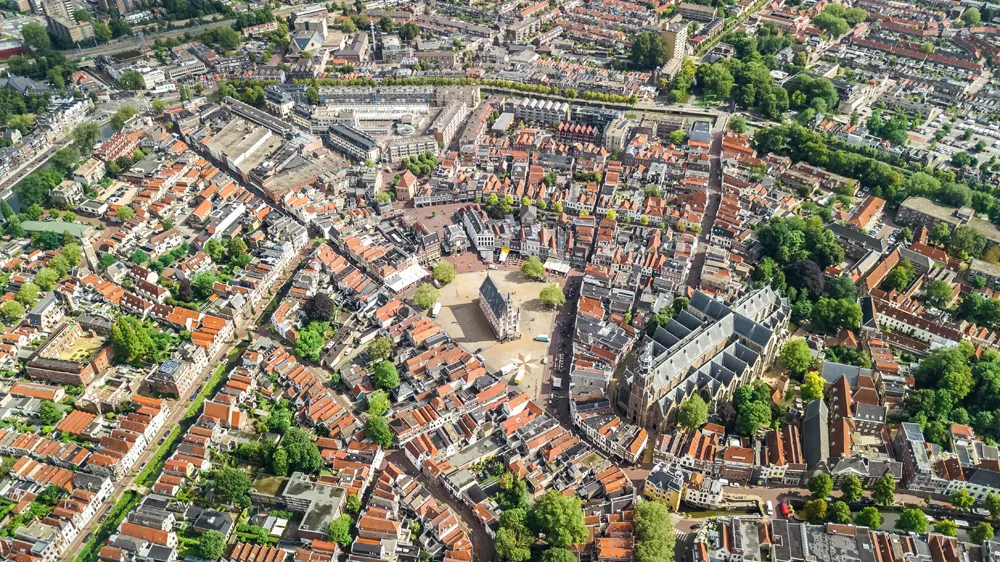Europe’s Green eMotion project has announced the test phase of a project that will demonstrate Europe-wide roaming in an interoperable electromobility system and will provide access to new added-value services. Green eMotion will also support the promotion of cross-sector ICT standards for interoperability of electric vehicle (EV) services. Green eMotion is a major EU funded electromobility project; one of its objectives is to develop an IT system that defines the interfaces needed for pan-European electro
November 2, 2012
Read time: 3 mins
Europe’s 6823 Green eMotion project has announced the test phase of a project that will demonstrate Europe-wide roaming in an interoperable electromobility system and will provide access to new added-value services. Green eMotion will also support the promotion of cross-sector ICT standards for interoperability of electric vehicle (EV) services.
Green eMotion is a major EU funded electromobility project; one of its objectives is to develop an IT system that defines the interfaces needed for pan-European electromobility services and the practical demonstration of its functionality. The aim is to ensure that users of electric vehicles can access the charging infrastructure anywhere in Europe and that it is simple to operate. The corresponding service offering, for example roaming between different charging point operators, or the use of a charging service outside the coverage area of the contractual provider, will be enabled on a pan-European scale, similar to the situation we are familiar with today with mobile phones. The business-to-business (B2B) market will also be open to other markets and service providers so that innovative new concepts for electromobility can be offered in an uncomplicated manner.
This concept will be used in almost all Green eMotion demonstration regions in Europe, including Barcelona, Berlin, Copenhagen, Dublin, and Rome. For this purpose, the individual demonstration regions are linking their IT systems via open standard interfaces. European-wide roaming will be made possible in the demo regions via a so-called clearing house.
The first phase of the tests comprises functionalities for locating charging points and for clearing charging processes. The second phase will include added services covering reservation of charging points and energy load management.
An open architecture as well as standardised interfaces and business practices, such as identification of charging points and contracts, will ensure that all participants can develop and commercialise their own services in the market.
Several key players in the European electromobility business have founded the open eMobility ICT Interoperability Interest Group to promote cross-sector ICT standards for interoperability of electric vehicle (EV) services. Their goal is to define a common set of standardised interfaces for communication between the different ICT systems necessary for a convenient user experience when using electric cars, including data formats for identification and authorisation on pan-European systems, which will allow for a roaming functionality with EVs.
The first results of the eMobility ICT Interoperability Interest Group will be presented at the Green eMotion Stakeholder Forum on November 27/28, 2012 in Ehningen, Germany.
Green eMotion is a major EU funded electromobility project; one of its objectives is to develop an IT system that defines the interfaces needed for pan-European electromobility services and the practical demonstration of its functionality. The aim is to ensure that users of electric vehicles can access the charging infrastructure anywhere in Europe and that it is simple to operate. The corresponding service offering, for example roaming between different charging point operators, or the use of a charging service outside the coverage area of the contractual provider, will be enabled on a pan-European scale, similar to the situation we are familiar with today with mobile phones. The business-to-business (B2B) market will also be open to other markets and service providers so that innovative new concepts for electromobility can be offered in an uncomplicated manner.
This concept will be used in almost all Green eMotion demonstration regions in Europe, including Barcelona, Berlin, Copenhagen, Dublin, and Rome. For this purpose, the individual demonstration regions are linking their IT systems via open standard interfaces. European-wide roaming will be made possible in the demo regions via a so-called clearing house.
The first phase of the tests comprises functionalities for locating charging points and for clearing charging processes. The second phase will include added services covering reservation of charging points and energy load management.
An open architecture as well as standardised interfaces and business practices, such as identification of charging points and contracts, will ensure that all participants can develop and commercialise their own services in the market.
Several key players in the European electromobility business have founded the open eMobility ICT Interoperability Interest Group to promote cross-sector ICT standards for interoperability of electric vehicle (EV) services. Their goal is to define a common set of standardised interfaces for communication between the different ICT systems necessary for a convenient user experience when using electric cars, including data formats for identification and authorisation on pan-European systems, which will allow for a roaming functionality with EVs.
The first results of the eMobility ICT Interoperability Interest Group will be presented at the Green eMotion Stakeholder Forum on November 27/28, 2012 in Ehningen, Germany.









